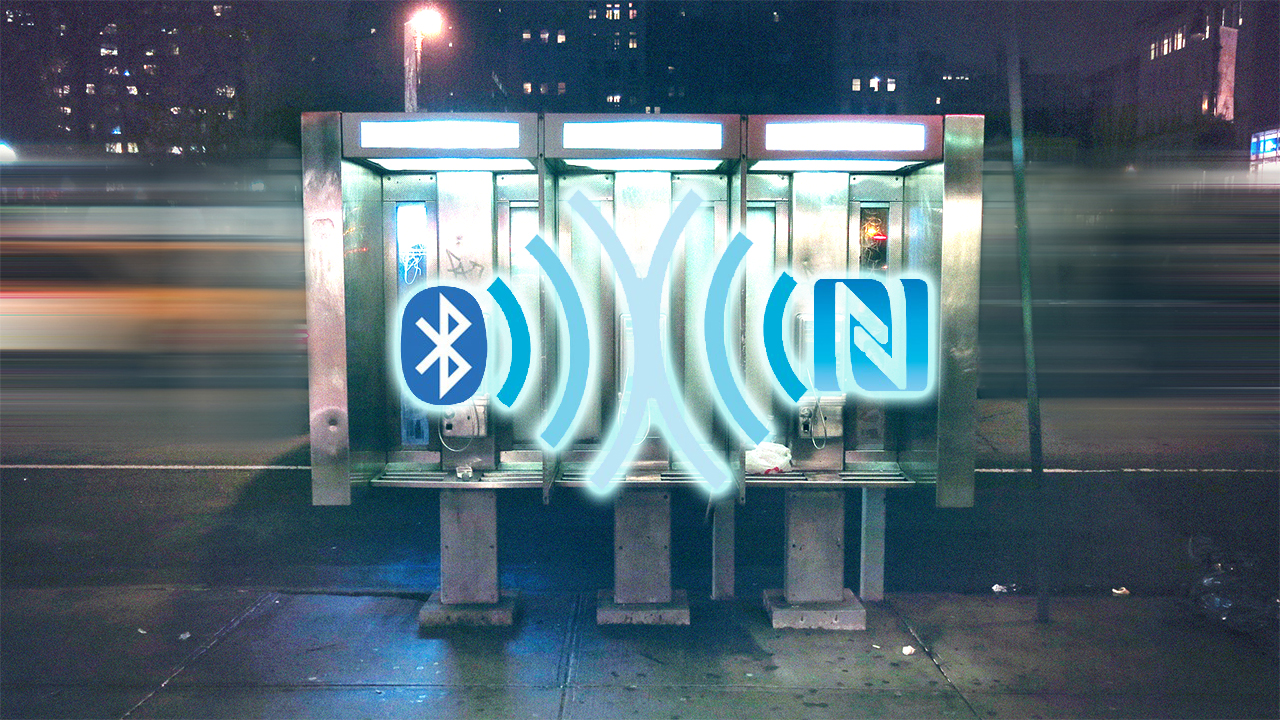Hundreds of “beacons” have been installed in phone booths throughout New York City in order to collect data from passing cellphones, bringing us one step closer to dystopian science fiction where ads follow everyone around. Titan, an advertisement placement company, uses the bluetooth enabled devices to push ads to a phone and transmit “anonymous” data to a third-party server.
As part of Titan’s contract to advertise on the sides of pay phones throughout the city, the company was allowed to install beacons that they claimed were for maintenance purposes only. In fact, the beacons communicate with apps that a user installs on their phone, often unwittingly. For example, the Tribeca Film Festival app would alert you to nearby events based on your proximity to the specific devices.
What is perhaps more unnerving is that the apps send data from phones to create a profile on the pedestrian. Since few people read the terms of service when installing an app, it’s difficult to always know if an app has an agreement with the owners of the beacons.
A source tells Buzzfeed that the manufacturer of the beacons, Gimbal, calls this data collection, “Sightings.”
A Sighting “passively develops a profile of mobile usage and other behaviors” that allow the company to make educated guesses about their demographics (“age, gender, income, ethnicity, education, presence of children”), interests (“sports, cooking, politics, technology, news, investing, etc”), and the “top 20 locations where [the] user spends time (home, work, gym, beach, etc.).”
While the idea of being followed around by ads is annoying enough, it’s become more than apparent that our information is not safe with any company or government. Hackers hit private companies daily and Edward Snowden has demonstrated the ease of escaping with data from the NSA. Gimbal may claim this is opt-in only service with safeguards for privacy, but it’s only a matter of time until that’s proven insufficient. (Photo: Chris Ford)


